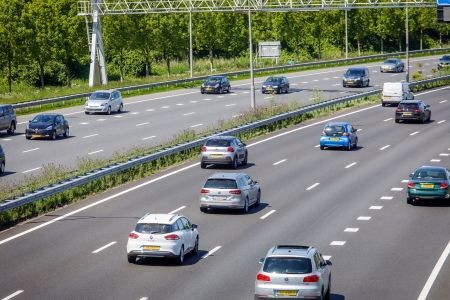A safety cage, which hardly deforms in a crash, is a rigid construction to protect car occupants. Front and rear crumple zones diminish the g-forces transferred to the bodies of the car occupants in a head-on crash or rear-end collision. This is achieved by the deformation of the crumple zones, which absorb the kinetic energy released in a crash. There are no known crash studies that prove safety cages and crumple zones affect occupant safety. Since cars have had this combined safety feature for decades, it is unlikely that a comparative crash study of cars with and without the combined feature is feasible. What can be noted, however, is that the quality of the cage construction and crumple zone has improved over the years, for example by using better materials. This may have contributed to the improved safety of new cars compared to older ones [9].
For vehicle admission, the combination of a safety cage and a crumple zone is not mandatory. However, their use may contribute to meeting the requirements of the UN/ECE guidelines 94 and 95 [27], which specify the maximum extent of the forces a vehicle may exert on an occupant during a crash test consisting of a head-on crash and a side collision.
